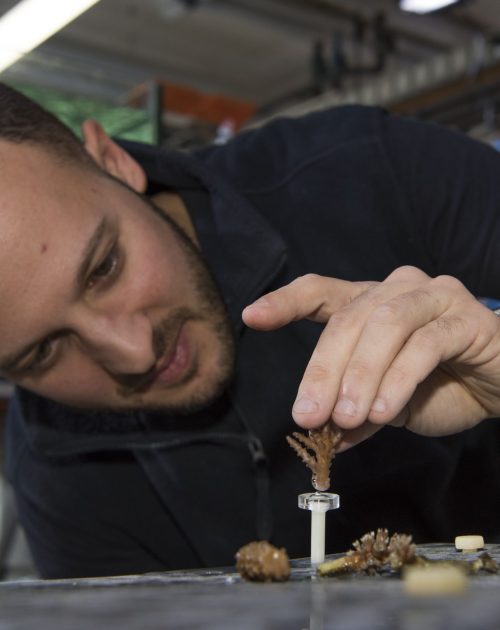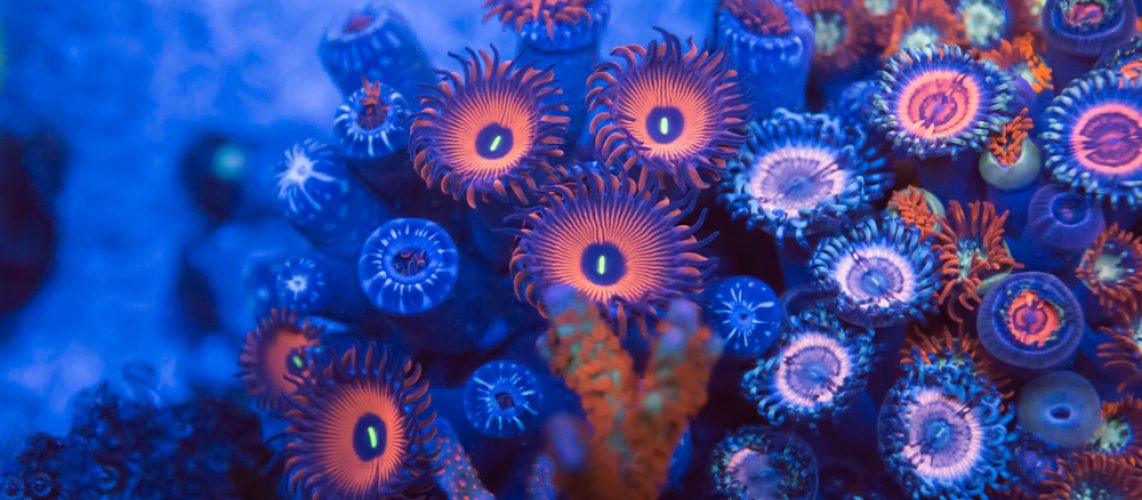Like all animals, coral reproduces sexually (by releasing sperm and eggs) but also asexually (by taking cuttings like a plant)! Let’s discover the mysterious reproduction of corals.
Sexual reproduction
Like all animals, corals reproduce sexually. There are male polyps that produce male gametes (sperm) and female polyps that produce female gametes (eggs). Corals that live in a colony can have both males and females in the same colony, so the coral is said to be hermaphrodite.
The fertilization that takes place during the meeting between the male and female reproductive cell can be of two natures: the fertilization is external, and the spermatozoids go to the meeting of the ovules in full water, after being ejected by the polyps. Fertilization is internal, the male polyps emit spermatozoa which are received in a female polyp incubator.
During fertilization, an egg cell is formed which gives birth to a ” planula larva ” that wanders for some time in the ocean currents before dropping to the bottom. The larva then transforms into a polyp which is fixed on a rock and becomes a new colony. Sexual reproduction allows the propagation of corals in new spaces while ensuring a genetic mixing.

Asexual reproduction
The coral, like other animals, has the particularity of being able to reproduce in an asexual way, i.e. without releasing sexual cells. Coral fragments, either because of natural disturbances (storm, cyclone or predator) or because of voluntary or involuntary human action. If the fragmented piece, which can be called a cutting, is in a favourable environment, it will continue to grow and form a new colony and thus strengthen the cover locally on the sea floor. It is this particularity that offers the possibility to aquariums to populate their tanks without taking species from the natural environment.







